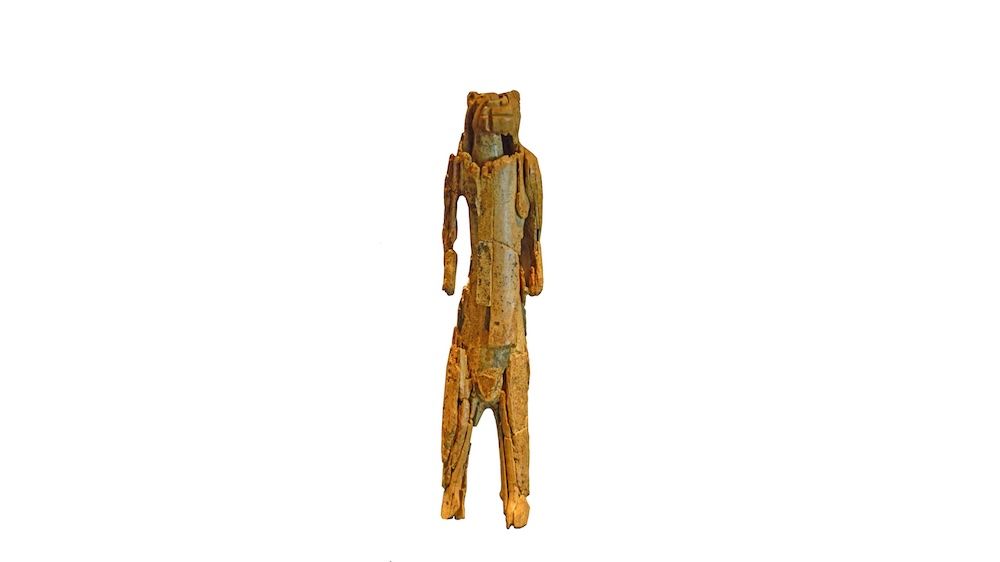Lion Man: The Oldest Known Evidence of Religious Belief in the World
At over 40,000 years old, the Lion Man is an ancient artifact that provides a glimpse into the spiritual beliefs of our early ancestors. Discovered in the Stadel Cave in Germany in 1939, this remarkable sculpture is a testament to the enduring nature of religious belief in human history.
The Discovery of the Lion Man
The Lion Man, also known as the Lion-headed figurine, was unearthed in the Swabian Alps of Germany by archaeologist Robert Wetzel. Made from mammoth ivory, this meticulously crafted figurine stands just over 11 inches tall and depicts a human figure with the head of a lion.
Despite its age, the Lion Man is considered a masterpiece of ancient artistry, demonstrating the skill and creativity of its creators. The intricate details of the sculpture, such as the mane of the lion and the human-like features of the figure, suggest a deep understanding of form and symbolism.
Religious Significance
Many experts believe that the Lion Man holds religious significance due to its anthropomorphic features. The combination of human and animal characteristics has led some to interpret the sculpture as a representation of a shamanic figure or a deity. The powerful imagery of a lion-headed figure may have been associated with strength, protection, and spiritual authority.
It is believed that the Lion Man was used in rituals or ceremonies to invoke the powers of the divine. The presence of such a sophisticated and symbolic artifact suggests that our early ancestors had a complex system of beliefs and practices centered around spiritual worship.
Historical Importance
The Lion Man is not only a remarkable piece of art but also a crucial piece of evidence for understanding the evolution of religious belief in human history. Its existence challenges the notion that religious practices emerged relatively recently in human development.
By dating back over 40,000 years, the Lion Man predates other known religious artifacts, such as the Venus figurines, by thousands of years. This pushes back the timeline of religious belief and raises questions about the origins of spirituality in human societies.
Conclusion
The Lion Man stands as a testament to the enduring nature of religious belief in human history. This ancient artifact provides valuable insights into the spiritual practices of our early ancestors, challenging our understanding of the origins of religious belief. As we continue to unearth and study ancient artifacts like the Lion Man, we gain a deeper appreciation for the diversity and complexity of human spirituality.
FAQs
What is the significance of the Lion Man artifact?
The Lion Man is considered one of the oldest known examples of religious art, suggesting that our early ancestors had complex spiritual beliefs and practices.
Where was the Lion Man discovered?
The Lion Man was discovered in the Stadel Cave in the Swabian Alps of Germany in 1939 by archaeologist Robert Wetzel.
How old is the Lion Man?
The Lion Man is estimated to be over 40,000 years old, making it one of the oldest known artifacts of its kind.




